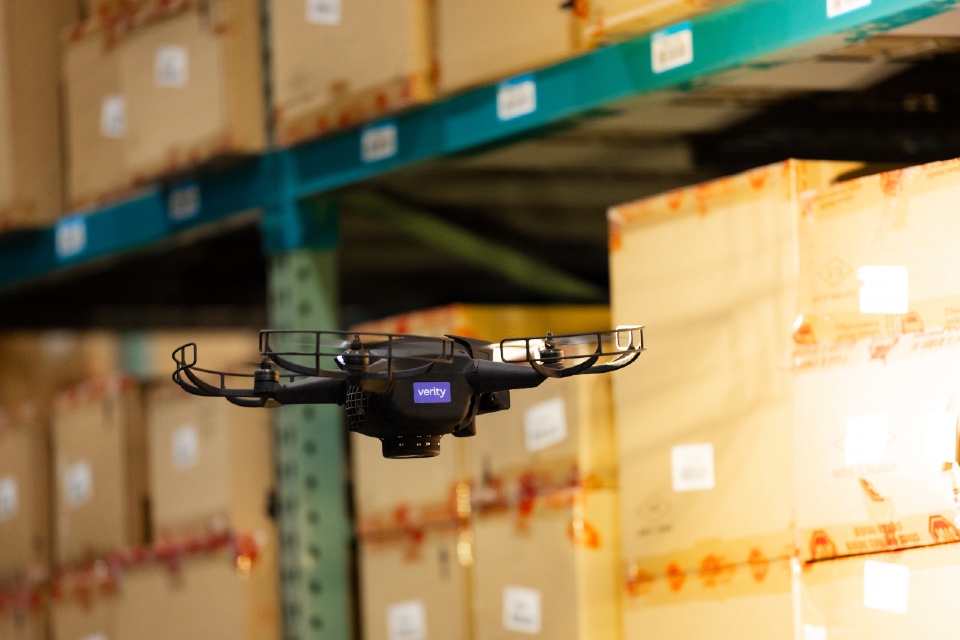New technologies ranging from smart robotics to actionable AI have the potential to transform the supply chain function, but they will fail to lift historically low levels of labor productivity unless utilised as part of a broader strategy.
Gartner experts shared those findings during the opening keynote presentation at the Gartner Supply Chain Symposium/Xpo EMEA, which took place this week.
“There is legitimate excitement today around new technologies that hold out the promise of vastly enhanced organizational productivity,” said Thomas Pocock, Senior Director, Advisory, in Gartner’s Supply Chain Practice. “Supply chain leaders must remember that these new technologies require the partnership of an engaged and productive workforce for these gains to be realized. Unfortunately, the data tells a discouraging story on this front.”
Pocock highlighted data from Gartner’s Global Labor Market Survey from 1Q23 when 2,613 supply chain employees were surveyed to show the extent of supply chain’s labor productivity challenges:
- Only 25% of the supply chain workforce is fully engaged.
- Turnover is 33% higher in the supply chain function than pre-pandemic.
- Only 16% of the supply chain workforce is willing to go “above and beyond” in their roles.
“Introducing new technologies, especially of the magnitude of AI or smart robots, would come with implementation challenges at any time,” said Pocock. “Any new technology introduced in this environment is likely to be met with elevated levels of mistrust and change fatigue. It’s clear there needs to be a new strategy to make such integrations work for all sides.”
Pocock noted that technology is just one of a series of strategies that need to be reinvented to reverse supply chain’s labor productivity slide. He recommended Chief Supply Chain Officers (CSCOs) reexamine their approaches in three key areas:
Integrating technology and people strategies: The introduction of new workplace technologies should be designed with the human-technology relationship front and center. Organizations must also create opportunities for reciprocal learning, or the opportunity for employees to safely make sense of new technology and see how technology is incorporating human input. New technology investments must be made side-by-side with equivalent investments in workforce training, skills development and knowledge curation.
Individual talent management: High-demand skills are often already available in supply chain organizations but are too often trapped by the rigid nature of job descriptions. CSCOs can unlock more skills and flexibly deploy talent where it is needed by breaking down projects into component tasks and seeking skills needed for those tasks across the entire organization and even beyond it.
Organizational design: Organizations can leverage crisis situations and market opportunities as a reason to breakdown silos and find new, more efficient organizational structures. Spontaneous redesign of decision-making processes happened at many companies during the initial disruptions of the COVID era. They can be productively harnessed to build resiliency in the face of new challenges, such as persistent inflationary conditions or changing geopolitical considerations.







